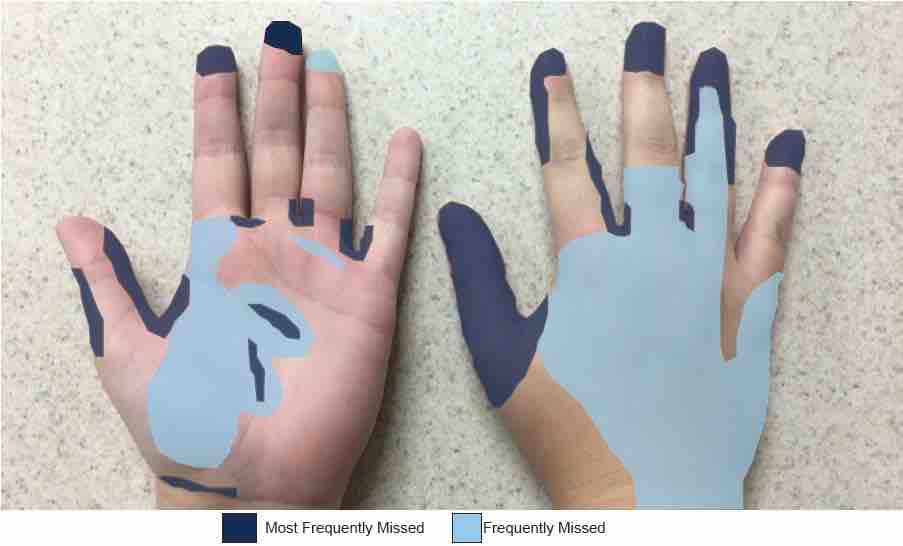Hand Washing 101: Back to the Basics
By Kathy Savoie, MS, RD, Extension Educator
Wet, Lather, Scrub, Rinse, and Dry
Plain Soap vs. Antibacterial Soap
We all hear it, all the time: wash your hands to prevent the spread of germs and illness. The latest information from the U.S. Food and Drug Administration (FDA) advises consumers to wash your hands with plain soap and water. That’s it, just plain soap and water for 20 seconds. Why? Because ingredients in antibacterial soaps have not been proven to be safe for daily use over long periods of time and these ingredients have also not been shown to be more effective than plain soap and water in preventing illnesses.
The FDA has issued a final rule under which the over-the-counter consumer antiseptic wash products (including liquid, foam, gel hand soaps, bar soaps, and body washes) containing the majority of the antibacterial active ingredients — including triclosan and triclocarban — will no longer be able to be marketed.
For more information, see Antibacterial Soap? You Can Skip It, Use Plain Soap and Water.
When to Wash
Frequent hand washing is a must. Make sure to wash your hands:
- Before, during, and after preparing food
- Before eating food
- Before and after caring for someone who is sick
- Before and after treating a cut or wound
- After using the toilet
- After changing diapers or cleaning up a child who has used the toilet
- After blowing your nose, coughing, or sneezing
- After touching an animal, animal feed, or animal waste
- After handling pet food or pet treats
- After touching garbage
- *NEW TO THE LIST* After touching your technology devices while preparing food
Recent research from the FDA 2016 Food Safety Survey Report identifies that forty-eight percent (48%) of consumers use devices such as smartphones or tablets while preparing food. Of those, only 35% wash their hands with soap and water after touching the device while preparing food. Technology devices can be a source for germs.
Where to Wash
The image below shows the areas frequently missed and the areas that are most frequently missed when washing hands. As you can see, the back of hands, in between fingers and fingertips tend to get missed during the hand washing process.
Here are the five steps to properly wash your hands:
- Wet your hands with clean, running warm water and apply plain soap.
- Rub your hands together to make a lather and scrub them well; be sure to scrub the backs of your hands, between your fingers, and under your nails.
- Continue scrubbing your hands for at least 20 seconds.
- Rinse your hands well under running water.
- Dry your hands using a clean paper towel or air dry them.

